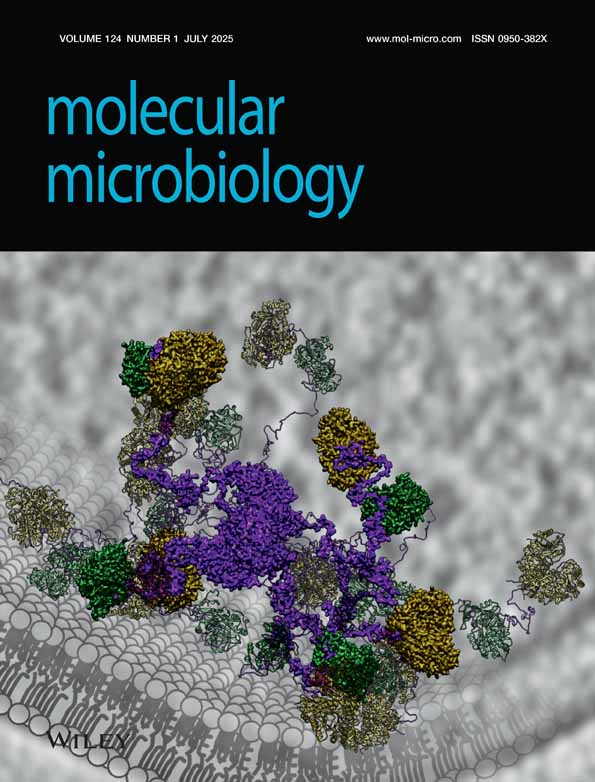Variations in the expression of pili: the effect on adherence of Neisseria meningitidis to human epithelial and endothelial cells
Summary
The effect of variations in Neisseria meningitidis pili on bacterial interactions with three epithelial cell lines as well as human umbilical vein endothelial cells was studied using a panel of seven strains expressing Class I or Class II pili. Comparison of adherence of piliated and pilus-deficient variants of each strain to epithelial cells suggested that Class I pili may mediate bacterial adherence with all three epithelial cell lines. In contrast, Class II pili of the strains used did not increase bacterial adherence to Hep-2 larynx carcinoma cells, although an increase in adherence to Chang conjunctival and A549 lung carcinoma epithelial cells was observed in the Class II pili-expressing strains. In addition to these inter-class functional variations, differences in adherence to epithelial cells were also observed among Class I and Class II strains. Functionally different pilin variants of one Class I strain, MC58, were obtained by single colony isolation. One piliated variant was identified which had concurrently lost the ability to adhere to both Chang and Hep-2 cells (‘non-adherent’ phenotype; adherence of < 2 bacteria per cell). In addition, several adherent pilin variants were isolated from non-adherent Pil- and Pil- bacteria by selection on Chang cells (adherence of 10–25 bacteria per cell). In contrast to epithelial cells, al) variant pili, whether of Class I or Class II, adhered to endothelial cells in substantially larger numbers (<50 bacteria per cell) and therefore implied the existence of distinct mechanisms in pilus-facilitated interactions of N. meningitidis with endothelial and epithelial cells.




